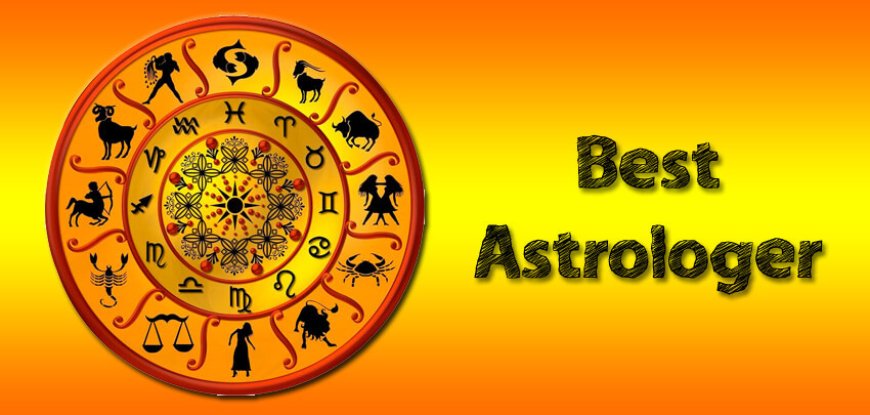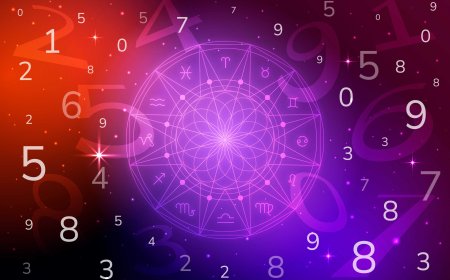Unveiling the Historical Significance of Vedic Astrology Texts
Discover the historical significance of Vedic astrology texts and how ancient wisdom continues to shape modern astrological practices. Learn the roots, development, and relevance of this age-old tradition.

For thousands of years, Vedic astrologyalso known as Jyotish Shastrahas been a cornerstone of Indian spiritual and intellectual heritage. More than just a tool for predicting the future, it reflects the universe's rhythm and offers profound insights into human life and cosmic order. The historical significance of Vedic astrology texts goes beyond their use in daily horoscopes; these ancient scriptures are vital records of astronomical observations, philosophical interpretations, and cultural practices of early India.
Lets dive into how these revered texts evolved, their key contributions, and why they still matter in our modern world.
Origins of Vedic Astrology Texts
Vedic astrology traces its roots back to the Vedas, the oldest sacred texts of India, dating back over 5,000 years. Jyotish, meaning light or heavenly body, is one of the six Vedangasbranches of Vedic knowledge. The core purpose of Jyotish was to determine the timing of rituals and sacrifices, but its scope gradually expanded.
One of the earliest known texts related to Vedic astrology is the Rigveda, which contains hymns referencing celestial bodies. These hymns didnt just glorify the sun, moon, or stars; they symbolized their influence on life, seasons, and destiny.
The Great Texts and Their Authors
The development of Vedic astrology was greatly influenced by key treatises and the scholars who authored them. Some of the most historically significant texts include:
1. Brihat Parashara Hora Shastra
Attributed to Sage Parashara, this is arguably the most comprehensive text on predictive astrology. It lays down the principles of planetary combinations, dashas (time periods), houses, and signs.
2. Brihat Jataka
Written by Varahamihira in the 6th century CE, this text blends Vedic tradition with elements of Greek and Roman astrology. It introduced a scientific and mathematical approach to predictions.
3. Saravali
Penned by Kalyana Varma, this book offers deep insights into the effects of planets in different houses and signs. It remains a reference point for both beginners and seasoned astrologers.
These texts were not just manuals for forecasting events; they were philosophical works that connected the microcosm (individual life) with the macrocosm (the universe).
Preservation of Astronomical Knowledge
One of the historical significance of Vedic astrology texts lies in their role as custodians of ancient astronomical knowledge. Long before the advent of telescopes, Indian astrologers accurately calculated planetary movements and eclipses using mathematical formulas described in these scriptures.
The Surya Siddhanta, for example, is an astronomical text that describes planetary motions with astonishing precision. It influenced not only Indian but also Middle Eastern and European scholars in later centuries.
Cultural and Spiritual Impact
Vedic astrology texts werent confined to scholarly circles. They deeply influenced art, literature, temple architecture, and societal norms. Marriage compatibility, naming ceremonies, and even construction of homes and cities were guided by astrological insights derived from these texts.
Even today, an individual's Janma Kundli (birth chart) is created using principles from these ancient texts. Important life decisionsfrom career choices to spiritual pathsare often aligned with Vedic astrological timing.
From Tradition to Digital Era
Despite the ancient origin of these texts, their relevance hasnt faded. In fact, in today's digital era, Vedic astrology is experiencing a revival. With online horoscopes, astrology apps, and dedicated websites, ancient wisdom is now accessible with a few clicks.
For example, to explore how horary astrologya branch of predictive Vedic astrologyworks in real-life situations, you can visit this resource on vedic astrology history. It offers insights into how questions can be answered using the planetary positions at the time they are asked.
Why It Still Matters
Understanding the historical significance of Vedic astrology texts gives us more than just astrological knowledge. It reconnects us with a worldview that sees life as interconnected, time as cyclical, and the universe as a living, breathing entity.
Heres why these ancient texts still hold power:
-
Timeless Wisdom: The principles of karma, dharma, and destiny derived from Vedic astrology still guide millions.
-
Scientific Curiosity: The mathematical and astronomical precision of these texts inspired global scholars and mathematicians.
-
Cultural Identity: These texts preserve the linguistic, spiritual, and intellectual heritage of ancient India.
Conclusion
The historical significance of Vedic astrology texts lies not just in their predictions, but in the wisdom they carry across centuries. These texts have bridged the celestial and the earthly, the spiritual and the scientific. By revisiting and respecting these ancient documents, we connect with a profound legacy that continues to illuminate the path of seekers, scholars, and believers alike.







































